Swings of temperate weather have brought patches of exposed earth, liquid puddles and soft expanses of mud that freeze and thaw, but winter's grip is still with us. On mild days it's possible to get out into the landscape, but it's important to go slow and approach spring chores with a careful eye as wet soils are easily compacted — so pick a dry day to begin cleanup.
Two big tasks lie ahead this month: pruning trees and shrubs, and cutting back perennials. Tools, equipment and gear that I use for these jobs include hand pruners, loppers, secateurs (long-handled cutting shears), a cart or wheelbarrow, a large tarp and a pair of muck boots. Gloves are essential too.
More regional garden guides
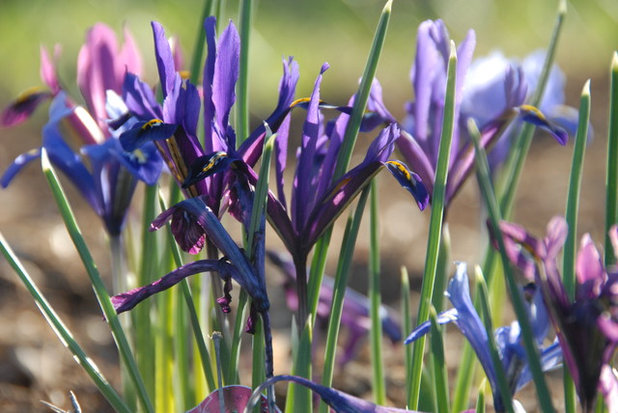
Susan Teare, Professional Photographer
Look for early bulbs. They can be hard to see if they're scattered over a big area, but they make a big impact after months of color deprivation. Shown here is reticulated iris
(Iris reticulata), one of the very earliest ephemeral bulbs to appear through the leaf duff and debris of late winter.
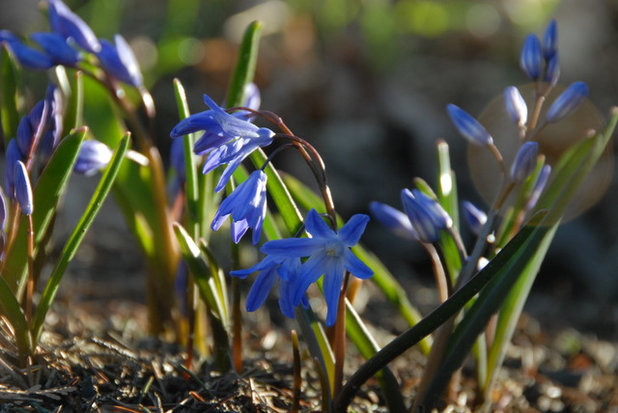
Susan Teare, Professional Photographer
Squill or scilla
(Scilla siberica) is another early bloomer native to Europe and Asia that can naturalize in a woodland or open meadow. It's one of the true blues that we hold so dear. Order a quantity late in fall to plant in a mass for best effect.
Other early bulbs to look for include
snowdrops and
crocuses.
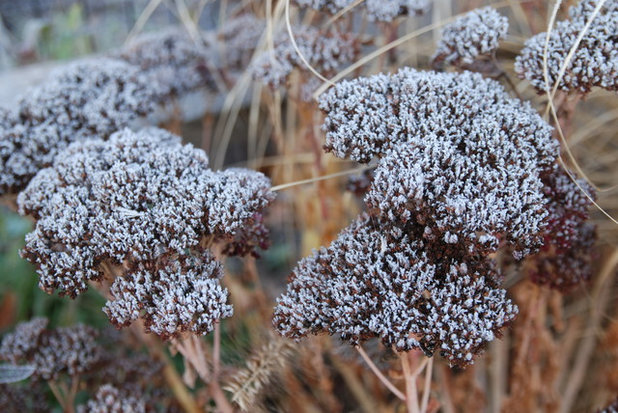
Paintbox Garden
Cut, haul, dump. I know these aren't particularly lovely words, but this is the work that lies ahead, so make sure your tools are in order and pick up some extra tarps at the hardware store to collect cuttings.
I sharpen my Felco pruners to make sure they're in good working order. Garden centers that carry the Swiss Felco tool line often sell sharpening kits that can extend the life of your pruners and make them good as new.
Say goodbye to grasses. I shear all ornamental grasses in my gardens to the ground or cut them down to about 6 inches; this includes established clumps of
maiden hair grass (
Miscanthus spp), tall feather reed grass (
Calamagrostis x
acutiflora 'Karl Foerster'), native
little bluestem (
Schizachyrium scoparium 'Blaze'),
fountain grass (Pennisetum alopecuroides) and the wonderfully vertical
purple moor grass (
Molinia caerulea 'Moorhexe') — which I have in a vegetable garden flower border. I drag cuttings on a tarp to the dump pile (the easiest way) or load them on a garden cart.
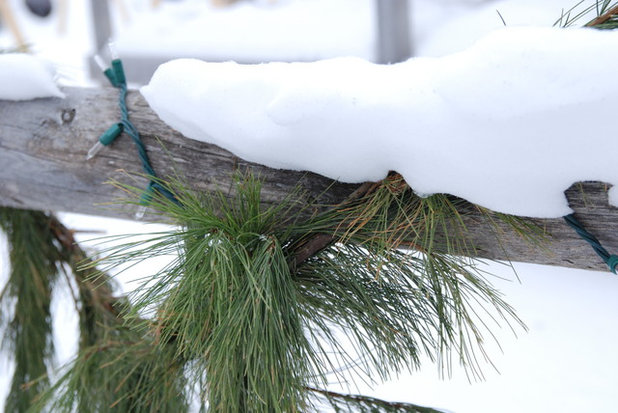
Paintbox Garden
Keep the lights on. I like to use evergreen roping on our picket fence during the winter and wrap small white lights around the greens. In another week or two I'll remove the roping and toss it on the backyard compost pile, but I'll keep the lights in place, because they're pretty and I don't want to restring them this fall.
Think about adding small lights to an arbor, fence, pergola or ornamental tree; string them early, before perennials push out of the ground.
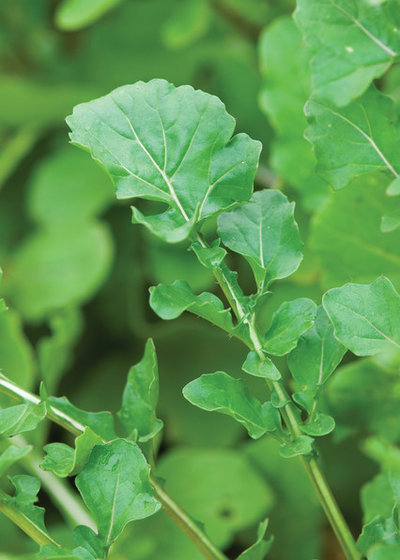
Burpee
Stock up on seeds. You'll get spring fever with all the seed displays in stores now. Most plants need six to eight weeks to mature (or to harvest if edible), and you have to factor in 10 to 14 days for seeds to germinate. Whether you're using a greenhouse or cold frame, or are direct sowing, consult your calendar and work backward from your last frost date.
Arugula is fast and easy (commonly called rocket, due to its speed of growth) and likes cold weather. Direct sow it in your garden as soon as the soil can be worked, and you'll have zesty greens in about five weeks.
How to start a vegetable garden from seeds
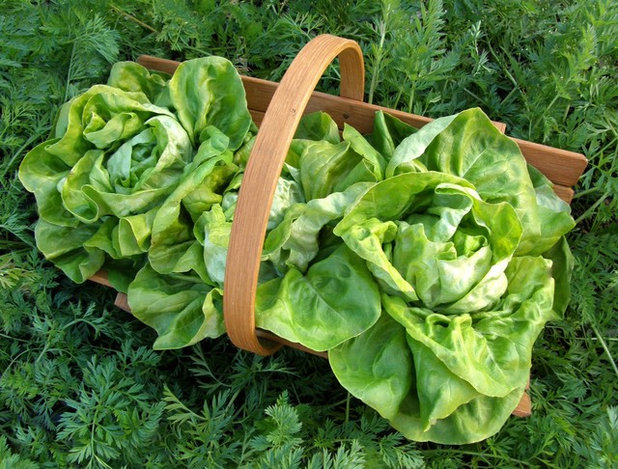
Renee's Garden
Plan ahead for healthy eating. Lettuces are cold hardy and can be started soon indoors, then transplanted into the vegetable garden after being hardened off. Shown here is a lovely heirloom buttercrunch from Renee's Garden called
'Kagraner Sommer' that looks like it would make a perfect spring meal, lightly dressed with olive or walnut oil.
Look for unusual lettuce varieties to grow from seed. I'm planning to grow
lamb's lettuce or corn salad (known as
mache in France), as it's one of the earliest edible greens of spring.
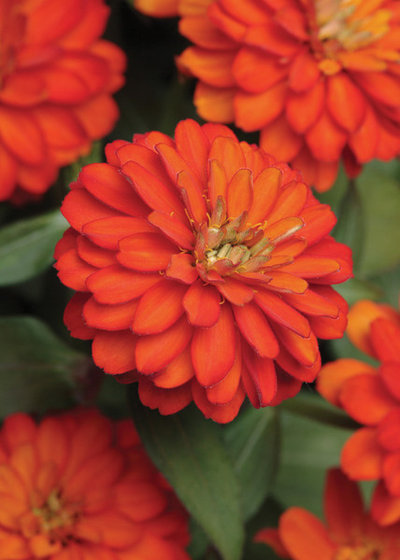
Burpee
Shop catalogs. Every year I grow
zinnias, and I love looking at all the varieties available in plant catalogs. Shown here is one I'm going to start in the greenhouse next month, Zinnia 'Zahara Double Fire', available from Burpee. It is resistant to diseases and droughts, grows about 18 inches tall and blooms all summer until the frost, and it looks gorgeous in the vegetable garden border with
Helenium 'Moerheim Beauty' (zones 4 to 8) and some chartreuse
coleus.
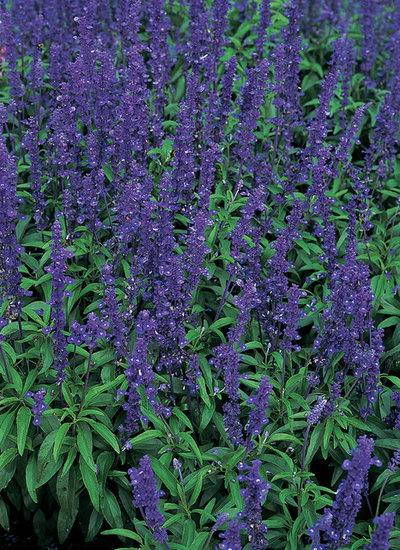
Burpee
Another annual I'm excited to try from seed is
Salvia 'Blue Bedder', an heirloom related to the perennial Texas blue sage, that grows 30 inches tall on well-branched plants and produces masses of deep blue-purple flower spikes all summer long. Cold-climate gardeners know how valuable salvias can be in mixed plantings, and this one will look good with just about anything.
Hummingbirds love salvias, so watch for them if you plant a good quantity in a sunny bed.
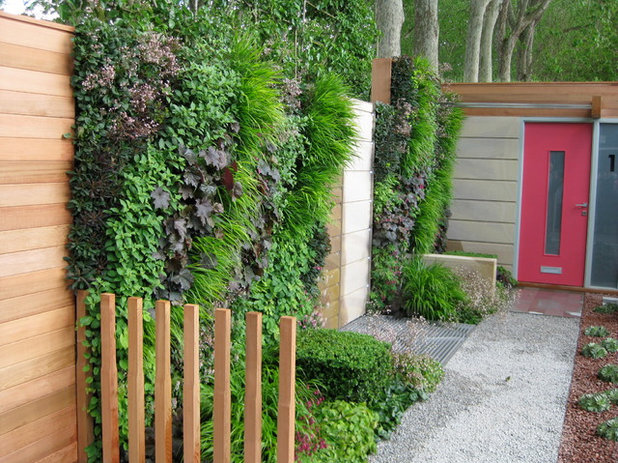
Paintbox Garden
Visit a flower show. Nothing beats the winter blues like going to a flower show. This month there are many all over New England, starting with the Flower and Patio Show in Worcester, Massachusetts, and the Vermont Flower Show (both March 1 to 3). The Boston Flower & Garden Show follows (March 13 to 17), along with the Original Western Massachusetts Home & Garden Show (March 21 to 24) and the Seacoast Home & Garden Show in Durham, New Hampshire (March 23 to 24).
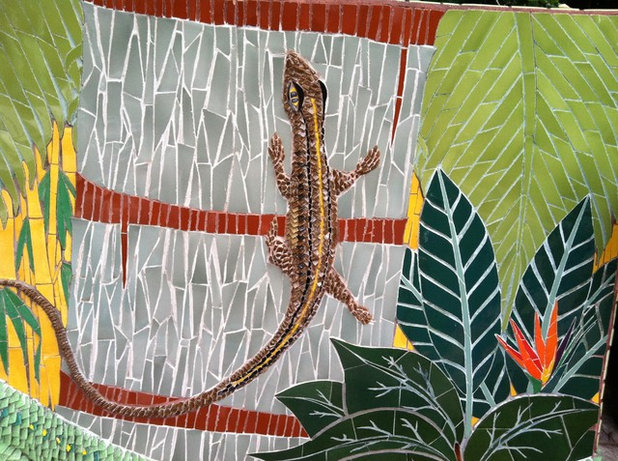
Paintbox Garden
Visit gardens while on vacation. Recently I traveled to Key West, Florida, and was inspired by this wonderful mosaic wall at a garden I visited. It reminds me to think about how visual art can often make a landscape more layered, more interesting, more unique. If you're going someplace warm this month, look around for inspiration (but make sure you order your seeds before you go).
Tell us: How are you preparing your Northeast garden for spring?
More regional garden guides





